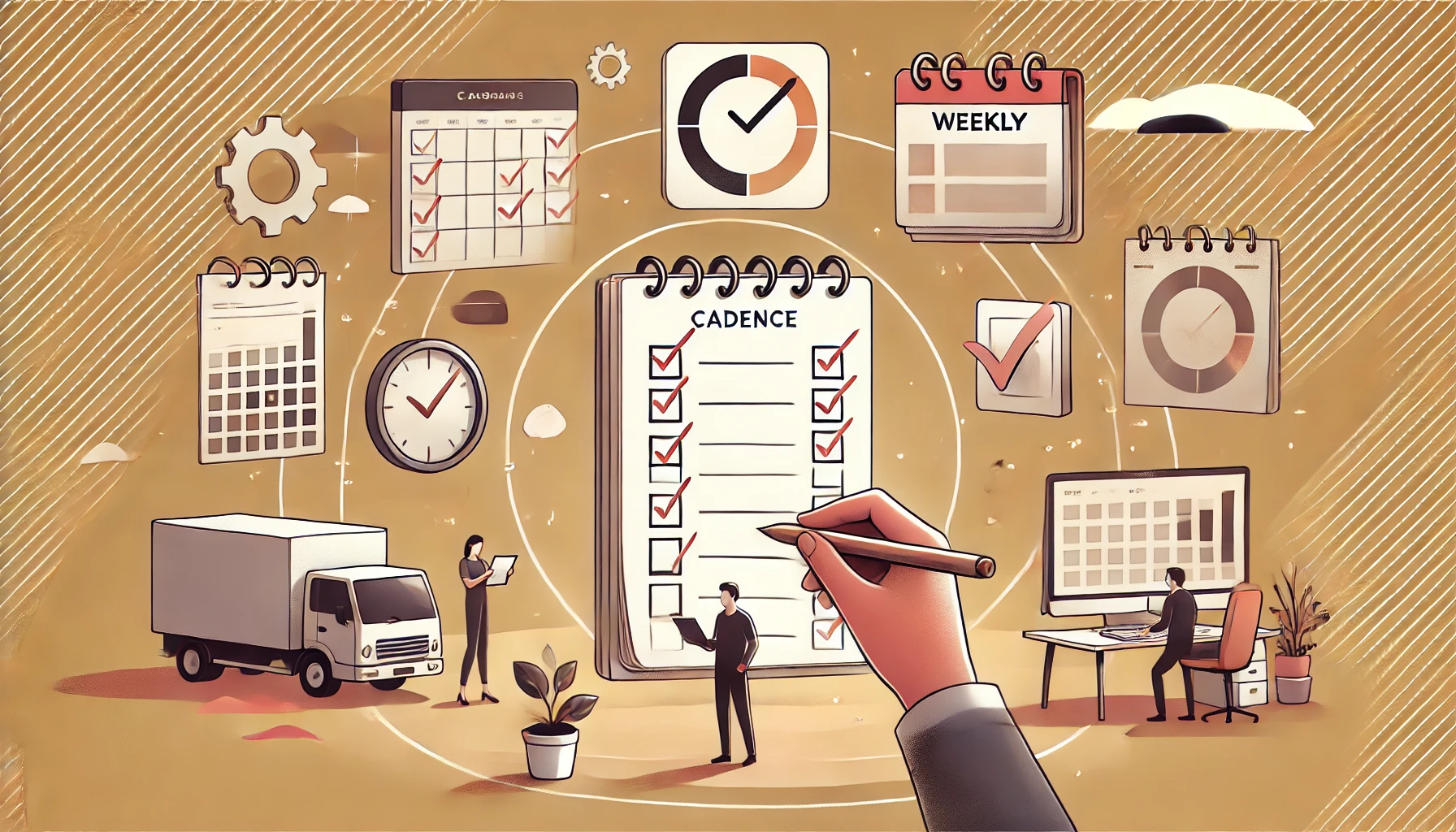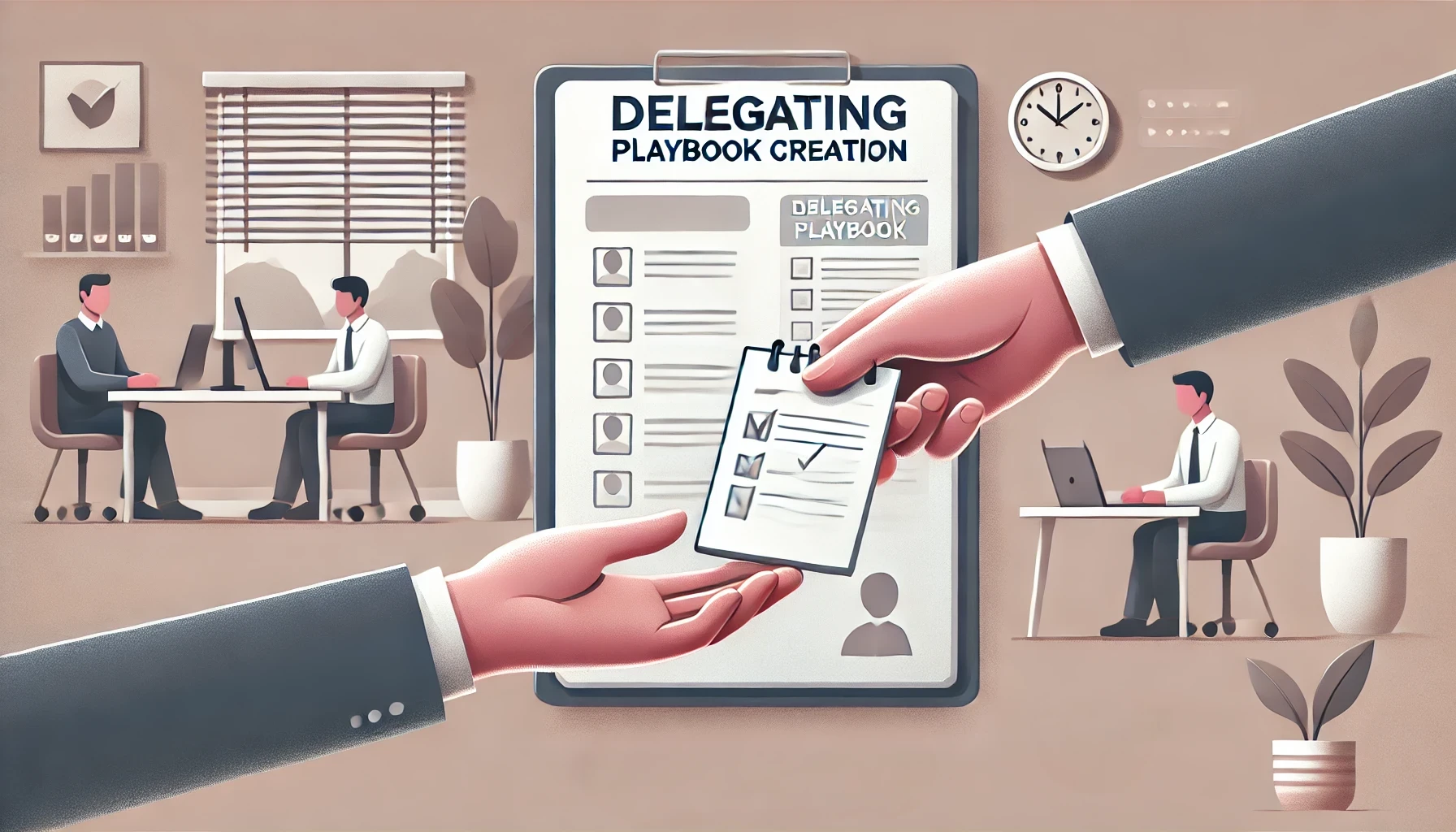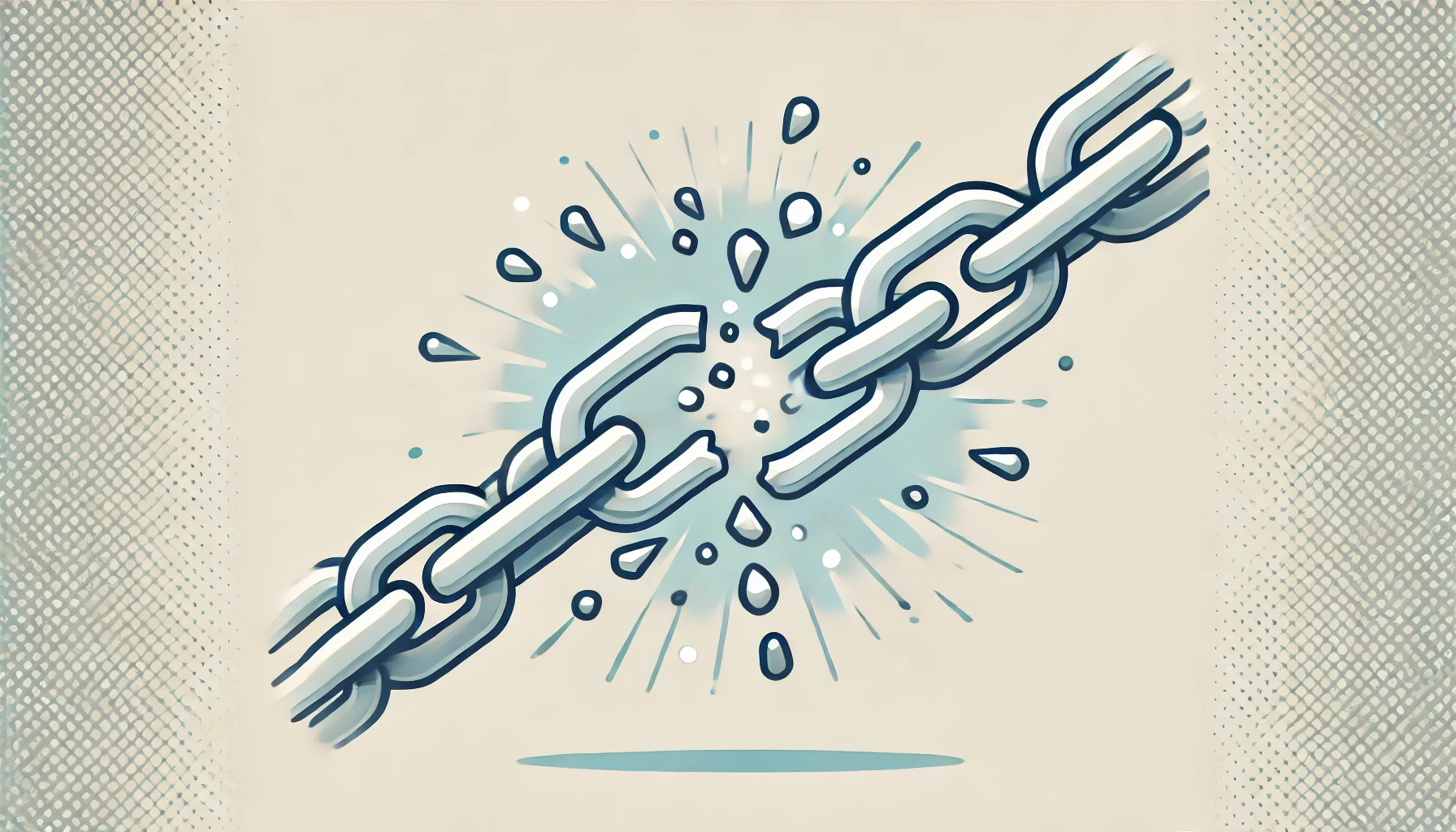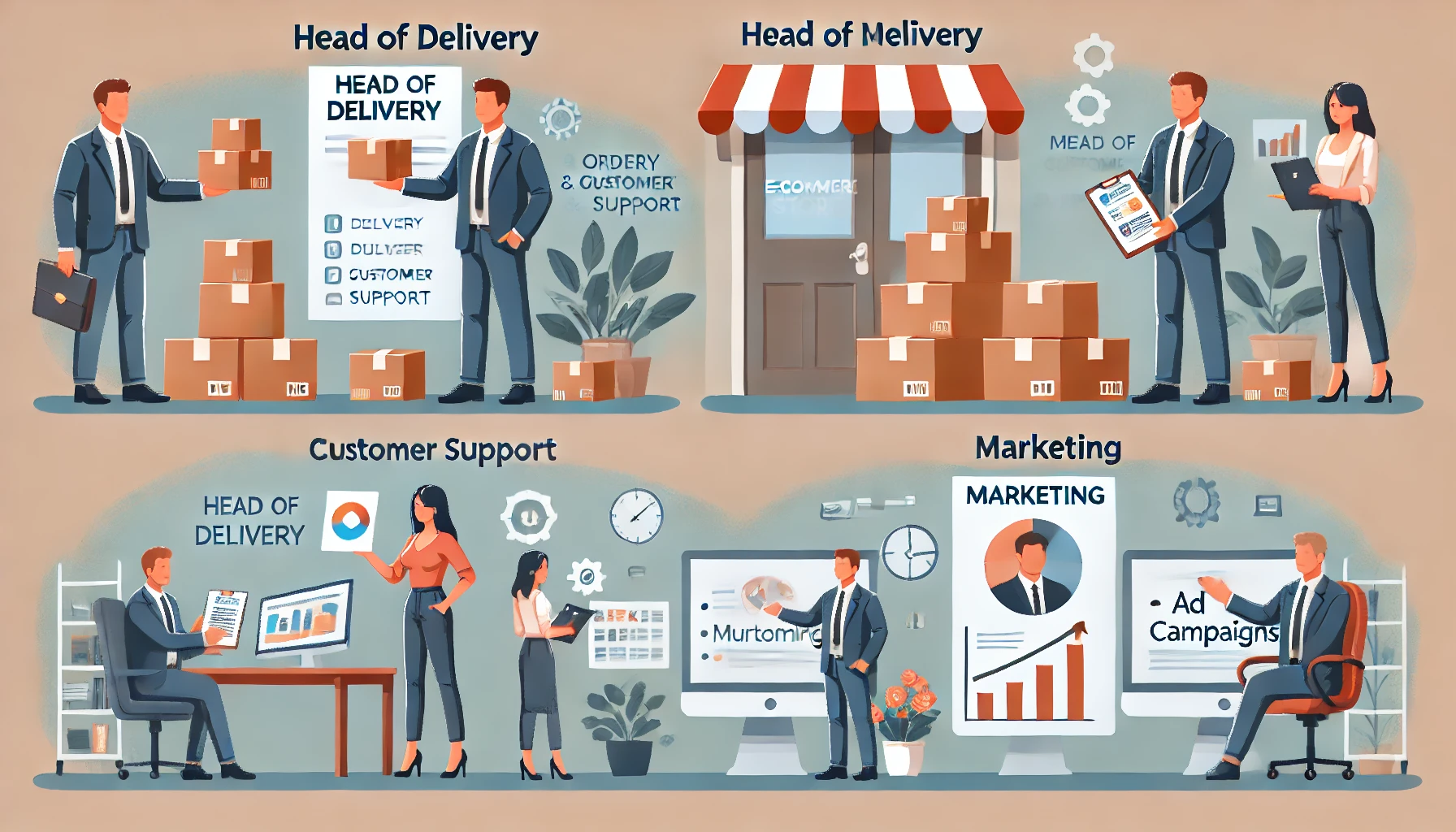Finding the right people for your team can be the secret sauce to scaling your business and saving precious time.
In Chapter 10 of ‘Buy Back Your Time,’ Dan Martell delves into the art of hiring smart, from crafting the perfect job description to identifying top talent that fits your company culture.
This chapter is a must-read for anyone looking to streamline their hiring process and build a team of rockstars. Join me as we explore how to implement these strategies and take your business to the next level!
The 5-F Framework: Balancing Key Life Areas
The chapter starts by introducing the “5-F Framework,” which stands for Focus, Faith, Fitness, Family, and Finances. It’s all about finding balance in these five areas to lead a fulfilling life.
For online business owners, this means setting clear goals, maintaining good health, spending quality time with loved ones, and managing finances effectively. It’s a holistic approach that ensures you’re not just grinding away at work but also enjoying life.

Focus: Identifying High-Impact Activities
One of the key takeaways from the book is the importance of Focus. It’s about identifying the high-impact activities that align with your goals and prioritizing them.
As an online business owner, this might mean focusing on customer acquisition strategies, optimizing your website for conversions, or developing new product lines. The goal is to eliminate distractions and concentrate on what truly matters.
Faith: Finding Purpose and Meaning
Faith isn’t just about religion; it’s about having a belief system or a set of values that guide you. For me, faith means believing in the power of what we do at Teamly.
Our software helps businesses streamline their processes and manage teams more efficiently. It’s this belief that drives us to improve our product continuously and provide value to our customers.

The Hiring Process: Finding the Right Fit
Dan Martell shares some excellent tips on hiring the right people. One strategy that stood out to me is asking candidates to submit a three-minute video answering specific questions. This simple step filters out candidates who aren’t serious or tech-savvy enough for the role. The questions might include:
- Why are you interested in this position?
- What do you know about our company?
- What is your ideal work environment?
- What are your strengths?
- Where do you see yourself in five years?
These questions help you gauge the candidate’s interest, knowledge, and long-term goals. For example, if you’re hiring for a marketing position at an online store, you might want to know if the candidate is familiar with your brand and if they see themselves growing in the digital marketing field.

Using Personality Profile Assessments
The chapter also highlights the value of personality profile assessments. These assessments can reveal a lot about a candidate’s strengths, weaknesses, and how they might fit into your team.
For instance, if you’re running a fast-paced online business, you might want a team member who thrives under pressure and can handle stress well. Tools like the Myers-Briggs or DISC assessment can provide insights into a candidate’s personality and working style.
The “Test-First” Hiring Method
I loved the “Test-First” hiring method mentioned in the book. Before making a hiring decision, give candidates a test project that mirrors the actual work they’ll be doing.
This approach not only tests their skills but also gives you a sense of how they’ll fit into your company culture. For example, if you’re hiring a content writer for your blog, ask them to write a sample post. At Teamly, we use a similar approach to ensure we hire the right talent who can deliver high-quality work.

Sell the Future: Attracting Top Talent
Once you’ve found the right candidate, it’s time to sell the future. This means showing them what they can achieve in your company and how the role aligns with their career goals.
For instance, if you’re hiring a digital marketer, highlight opportunities for professional growth, such as managing larger campaigns or taking on leadership roles. The goal is to make the candidate excited about joining your team and contributing to your business’s success.
Practical Implementation for Online Business Owners
As an online business owner, these strategies can be incredibly useful. Here are some practical ways to implement them:
- Define Clear Roles: Clearly outline the responsibilities and expectations for each role. This helps you find the right fit and sets clear expectations for new hires.
- Use Video Submissions: Ask candidates to submit a video introduction to quickly gauge their communication skills and enthusiasm.
- Leverage Personality Assessments: Use tools like Teamly to assess candidates’ personality traits and ensure they align with your team’s needs.
- Implement Test Projects: Before making a final decision, give candidates a test project to assess their skills and cultural fit.
- Highlight Career Growth: When making an offer, emphasize the potential for career growth and development within your company.

Overall, “Buy Back Your Time” offers valuable insights and practical strategies for online business owners looking to optimize their hiring process and save time. Whether you’re a solo entrepreneur or managing a growing team, these tips can help you make better hiring decisions and build a more efficient, productive business.
If you’re interested in learning more, I highly recommend getting a copy of the book. You can find it here.









































